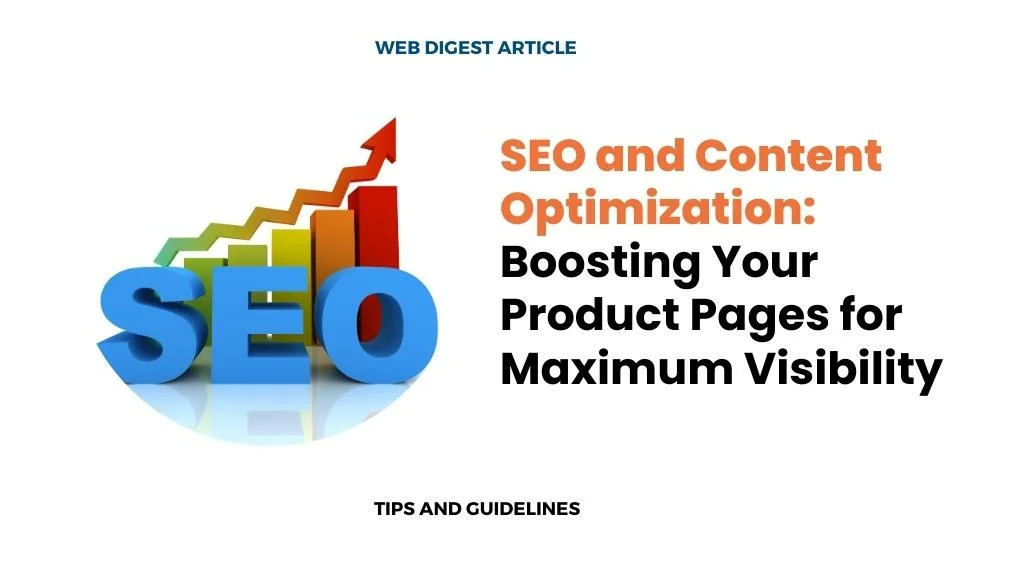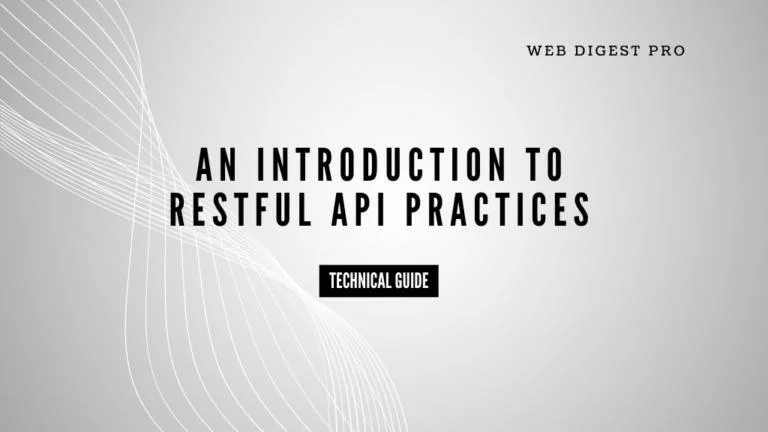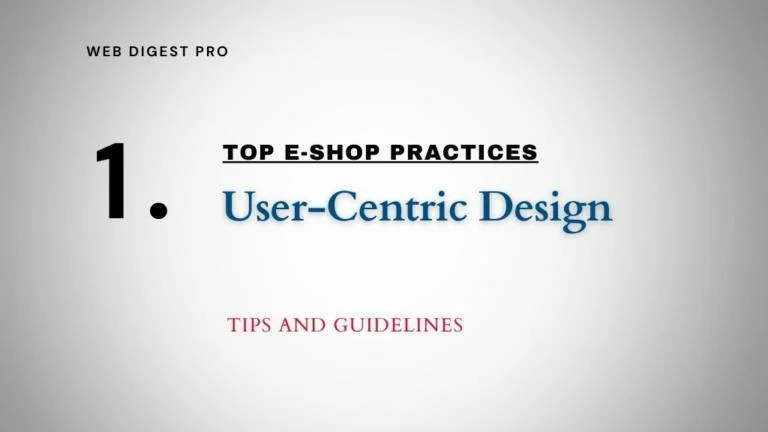In this article, we’ll delve into four essential areas of SEO and content optimization for product pages: Keyword Research, On-Page SEO, Product Descriptions, and Schema Markup. Let’s explore how these strategies can help you rise above the competition.
Keyword Research for Product Pages: Identifying the Right Keywords to Target
The foundation of any successful SEO strategy is keyword research. Here’s how to identify the best keywords to target for your product pages:
1. Understand Your Audience
Start by getting to know your target audience. What terms do they use when searching for products like yours? Tools like Google Keyword Planner, SEMrush, and Ahrefs can help you discover popular search queries related to your products.
2. Focus on Long-Tail Keywords
Long-tail keywords—phrases that are more specific and less competitive—are particularly valuable for product pages. These keywords often have lower search volume but higher conversion rates, as they attract users who are closer to making a purchase decision.
3. Analyze Competitor Keywords
Look at the keywords your competitors are ranking for. This can provide insights into what’s working in your industry and help you identify opportunities to target similar or related keywords.
4. Prioritize Relevance and Search Intent
Ensure the keywords you choose align with the content of your product page and the intent of the searcher. For example, if someone searches for “best budget smartphones,” your page should focus on affordable options, not just any smartphone.
On-Page SEO: Best Practices for Title Tags, Meta Descriptions, and URL Structures
On-page SEO is all about optimizing the content and HTML elements of your product pages to improve their search engine ranking. Here’s how to do it effectively:
1. Craft Compelling Title Tags
Your title tag is one of the most critical on-page SEO elements. It should include your primary keyword and be compelling enough to entice users to click. Keep it under 60 characters to ensure it displays fully in search results.
2. Write Descriptive Meta Descriptions
Meta descriptions don’t directly affect rankings, but they influence click-through rates. Write a concise, informative meta description that includes your focus keyword and highlights the unique selling points of your product. Keep it under 160 characters.
3. Optimize URL Structures
Your URLs should be clean, descriptive, and include your primary keyword. Avoid using numbers or special characters; instead, use hyphens to separate words. For example, a URL like “example.com/best-wireless-earbuds” is more SEO-friendly than “example.com/product1234.”
4. Use Header Tags Wisely
Organize your content with header tags (H1, H2, H3, etc.). The H1 tag should contain your primary keyword and accurately describe the product. Use H2 and H3 tags to break up content and include secondary keywords naturally.
Product Descriptions: Crafting SEO-Friendly Yet Compelling Descriptions
Your product description is where you can both inform and persuade potential customers while incorporating SEO elements. Here’s how to craft descriptions that do both:
1. Write Unique Descriptions
Avoid copying manufacturer descriptions, as duplicate content can hurt your SEO. Instead, write unique descriptions that highlight the features, benefits, and uses of your product. This not only helps with SEO but also sets your product apart.
2. Incorporate Keywords Naturally
Integrate your target keywords into the product description, but avoid keyword stuffing. The keywords should flow naturally within the text. Aim to include the primary keyword in the first 100 words and scatter secondary keywords throughout the content.
3. Focus on Benefits Over Features
While it’s important to list product features, emphasizing the benefits can be more persuasive. Explain how the product solves a problem or enhances the user’s life. This approach can also help you naturally incorporate more varied keywords.
4. Use Bullet Points for Clarity
Bullet points make your descriptions easier to read and digest. They’re especially effective for listing key features or benefits, helping users quickly understand what your product offers.
Schema Markup: Using Structured Data to Enhance Product Visibility in Search Engines
Schema markup is a form of microdata that helps search engines understand the content on your product pages better. Implementing it can lead to rich snippets, which enhance your listings in search results.
1. Add Product Schema
Product schema is essential for e-commerce sites. It provides search engines with detailed information about your product, such as price, availability, and reviews. This data can appear in search results as rich snippets, making your listing more attractive to potential buyers.
2. Implement Review Schema
If your product has customer reviews, adding review schema can display a star rating in search results, boosting credibility and click-through rates. Ensure that the reviews are genuine and updated regularly.
3. Use Breadcrumb Schema
Breadcrumbs help users and search engines understand the structure of your site. Implementing breadcrumb schema can enhance your search results by showing a clear path to the product page, which can improve user experience and SEO.
4. Test and Monitor Your Schema
Use Google’s Structured Data Testing Tool or the Rich Results Test to ensure your schema is correctly implemented. Regularly monitor your search results to see how schema markup affects your visibility and click-through rates.
Conclusion
SEO and content optimization are vital for ensuring that your product pages stand out in a crowded online marketplace. By conducting thorough keyword research, optimizing on-page elements, crafting compelling product descriptions, and utilizing schema markup, you can significantly enhance your product pages’ visibility and performance.
Remember, SEO is an ongoing process. Continuously update and refine your product pages to stay ahead of search engine algorithms and meet your customers’ evolving needs.
FAQs
1. What is the most important element of on-page SEO for product pages?
The title tag is arguably the most important element, as it directly impacts both rankings and click-through rates.
2. How does schema markup improve SEO for product pages?
Schema markup helps search engines better understand your content, which can result in rich snippets that make your listings more attractive in search results.
3. Why are long-tail keywords important for product pages?
Long-tail keywords tend to be less competitive and more specific, often leading to higher conversion rates as they attract users who are further along in the buying process.
Sponsored Links
Written by Dimitrios S. Sfyris, founder and developer of AspectSoft, a software company specializing in innovative solutions. Follow me on LinkedIn for more insightful articles and updates on cutting-edge technologies.
Subscribe to our newsletter!










+ There are no comments
Add yours